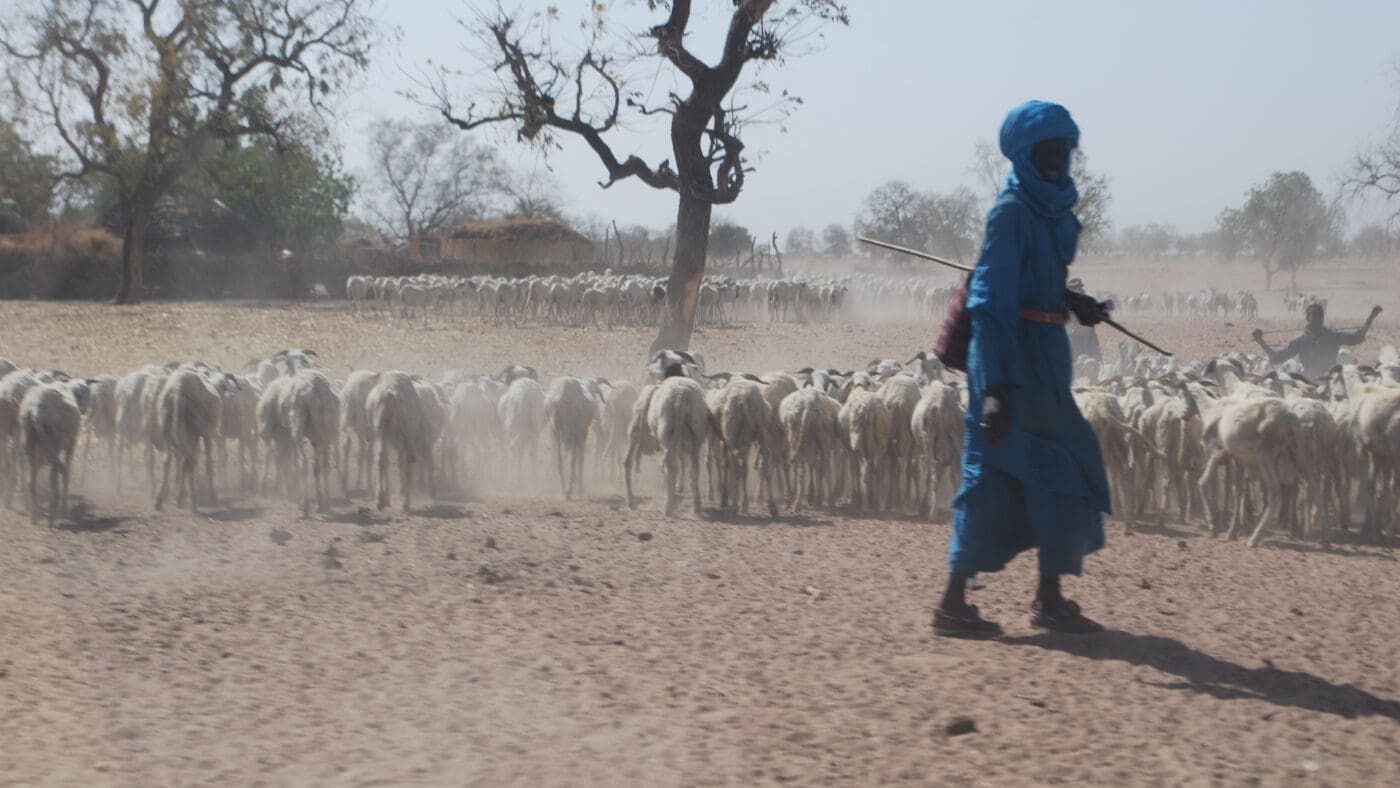
Senegal
Despite significant economic growth and decades of political stability, Senegal still faces serious development challenges. More than one third of the population lives below the poverty line.
multiple drivers of hunger
Poverty and food insecurity are particularly prevalent in rural areas of the country. Small-scale farming is reliance on traditional, unsustainable practices – including overgrazing and bush fires.
Climate change is also closely related to rural poverty and underdevelopment. Crops are highly vulnerable to climate shocks, which have severe impacts on the availability and prices of food.
Gender disparities remain widespread in the country, especially in rural areas where traditional and religious practices like early and forced marriage cause girls to drop out of school, reduce their productivity and perpetuate the cycle of inequality.
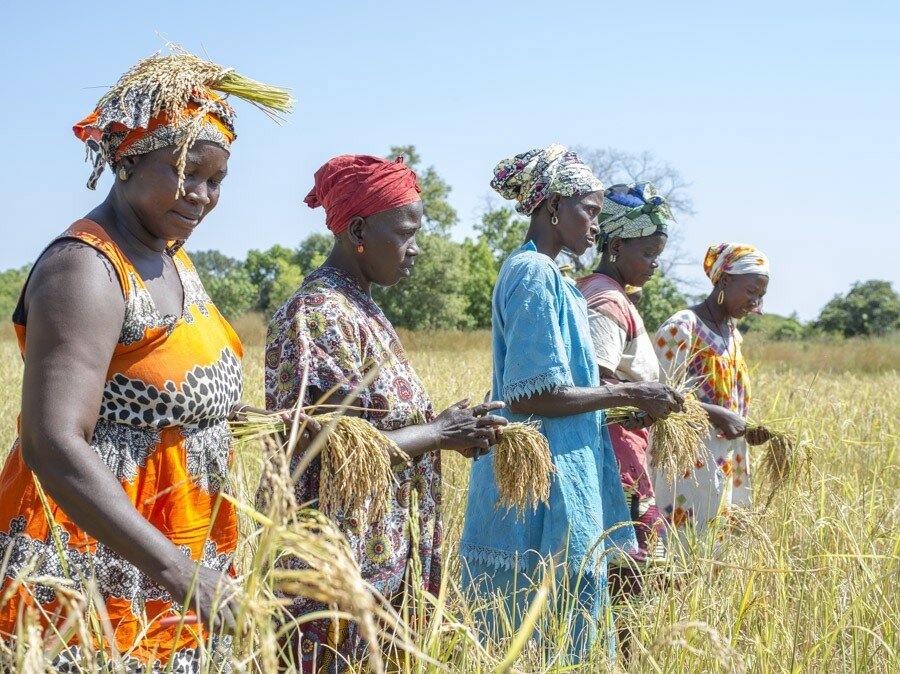
WFP’s Work in Senegal
Despite the challenges, here’s how we’re fighting hunger and building sustainability.
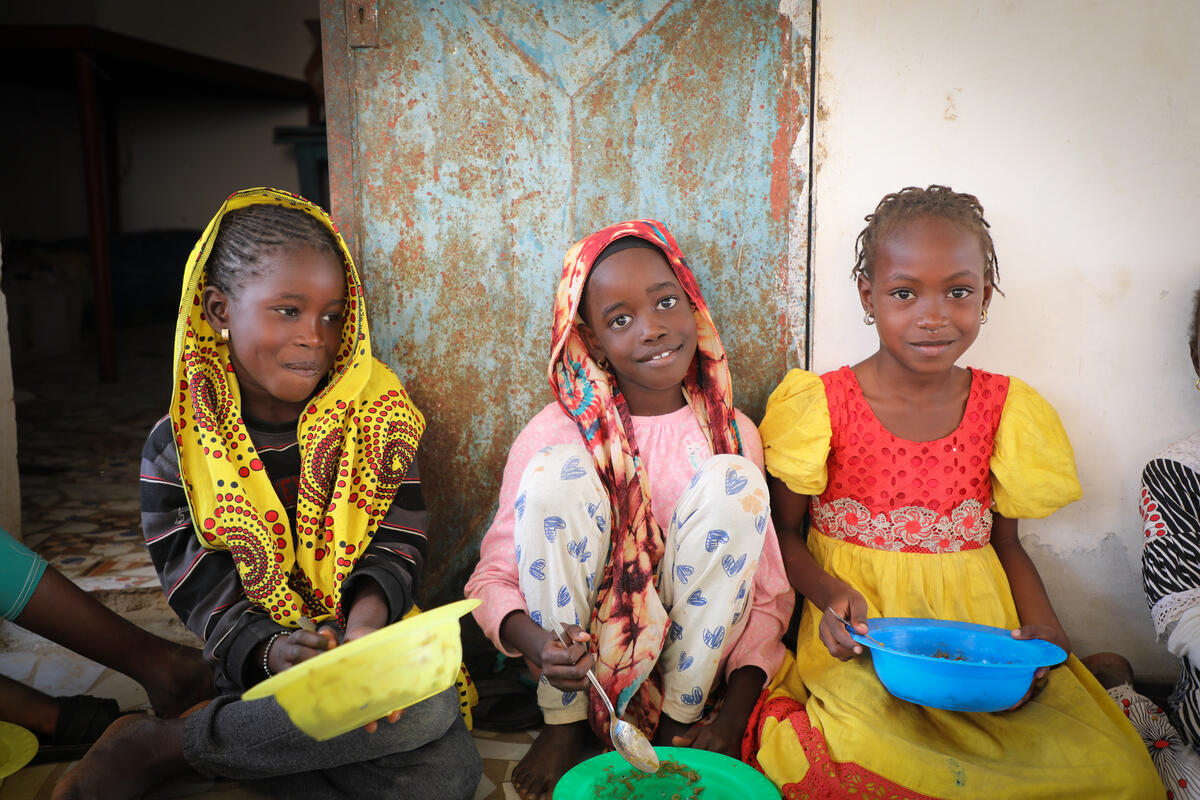
WFP provides nutritious meals for 294,500 school children in areas with high levels of food and nutrition insecurity, with additional activities to promote attendance by girls, as well as good nutrition practices. Food is procured through local producers, which stimulates agricultural production and the local economy.

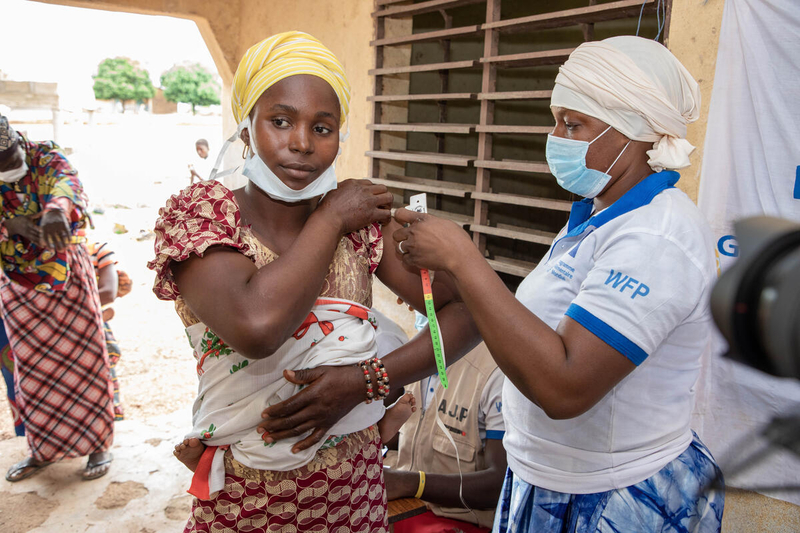
WFP provides children and pregnant and breastfeeding women with specialized nutritious food to treat and prevent malnutrition, and promotes awareness on nutrition and infant feeding practices. WFP also supports government efforts to address vitamin and mineral deficiencies including through salt iodization and food fortification.

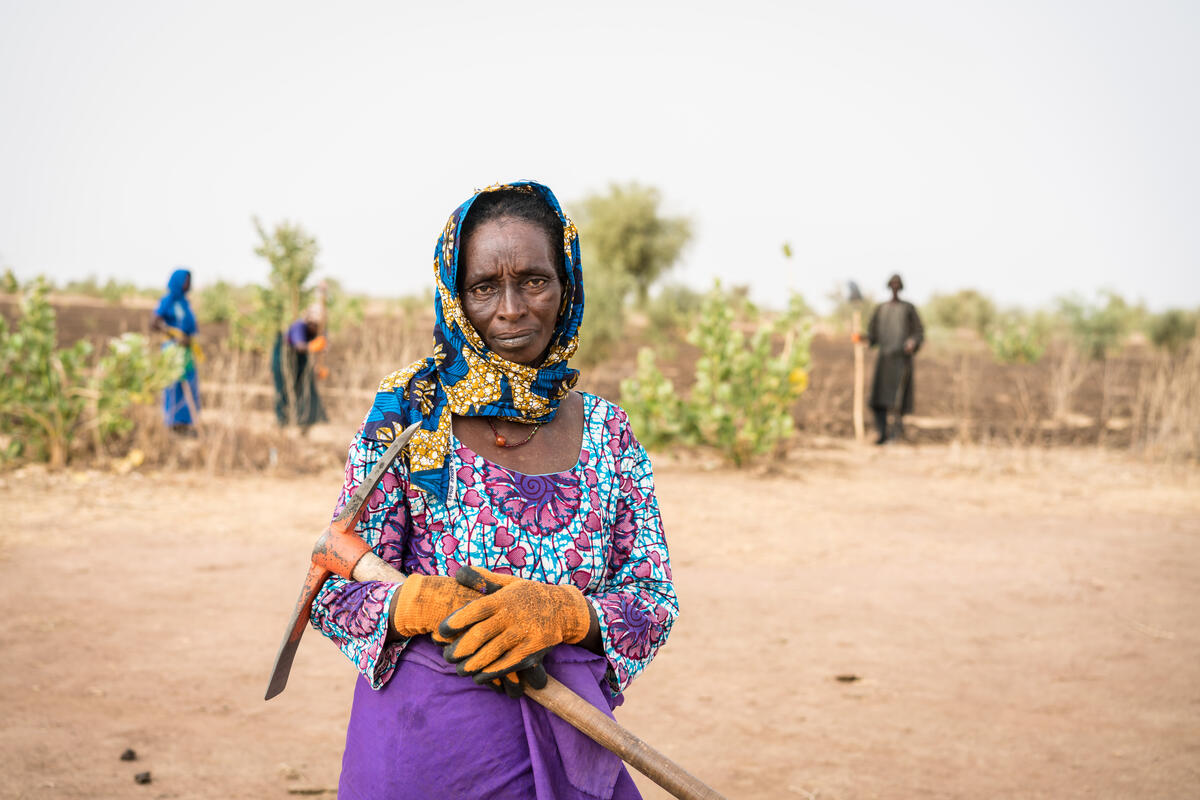
WFP supports communities exposed to climate shocks and other risks in building resilient livelihoods and sustainable food systems through the creation of productive assets, the diversification of sources of income, access to climate insurance and the setting up of village cereal banks to minimize post-harvest losses.

You Can Help Save Lives
When you donate, you help us deliver critical food relief to the most vulnerable people in Senegal and other countries around the world. You can make difference in someone’s life – send food today.
News & Updates from Senegal
Read the latest articles on hunger issues and WFP’s work in Senegal.


